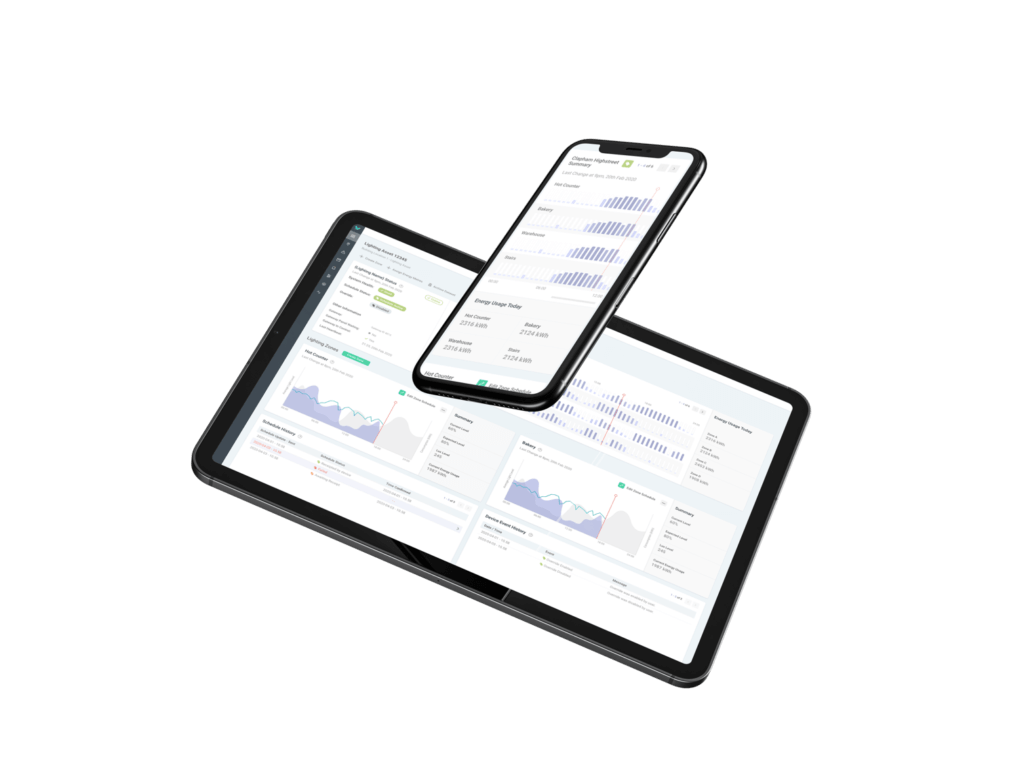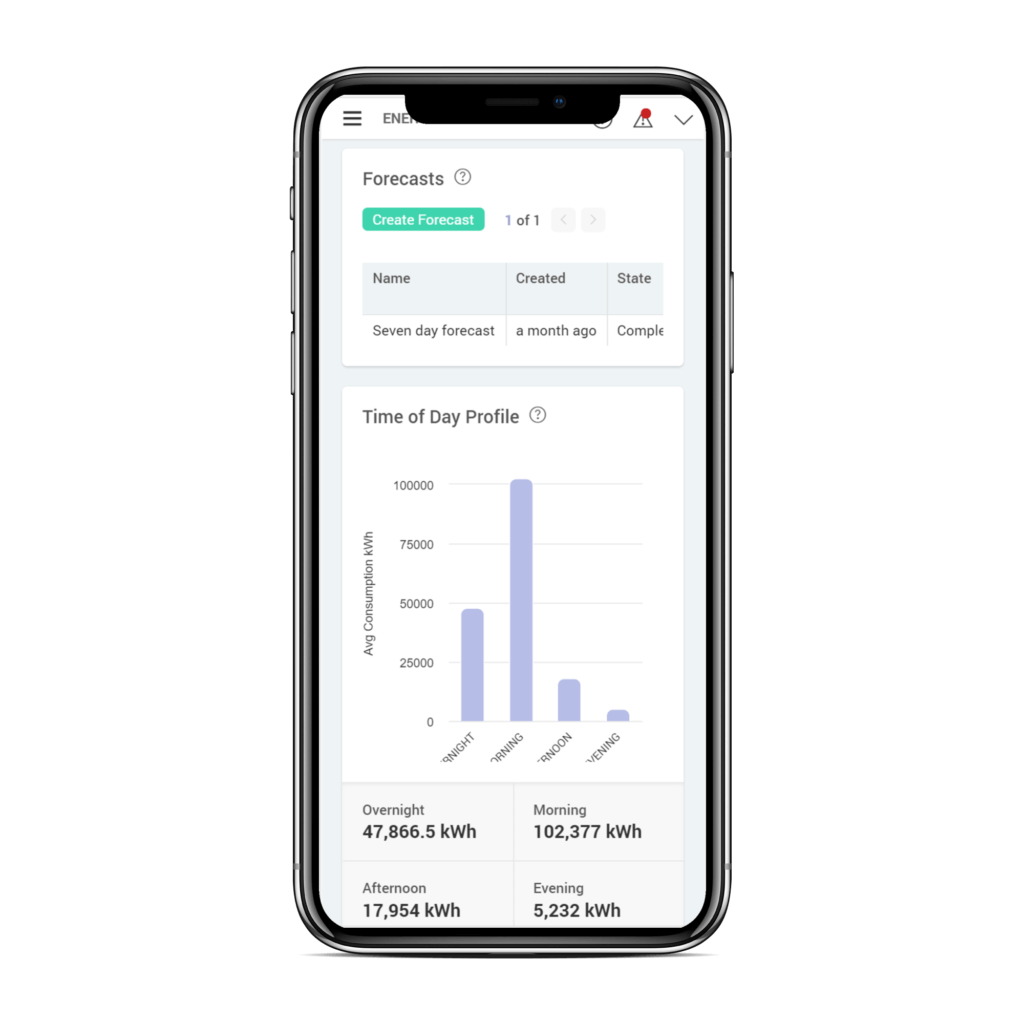Now as we grow our user base and expand our offering there is much more of a focus on it. Whilst we are still in our infancy of incorporating UX into our workflow, there are a few reasons why we should be paying close attention to the user experience.
It seems to be everywhere you turn, what with LinkedIn feeds showing the latest UX job vacancies and Google’s Page Experience update set to impact search rankings, how users react and interact with interfaces is critical to the lifespan of many web and software apps. We must start giving UX the attention it deserves.
The beauty about UX is that you’re most likely already utilising some of aspects of it without even realising, and likely without having a specific UX team that specialise in it. It’s not an alien concept, in fact, it’s quite simple, the struggle is understanding the value of incorporating it into your workflow to help deliver more meaningful experiences to users as they interact with your products and services.
I stress this because UX is often misperceived by people often focussing on the way something looks and functions from a front-end perspective. But a lot of the UX effort happens behind the scenes. Picture an iceberg, on the surface is the UI, the nice bit, beneath the surface is the where the real magic happens: the research, the logic, the technical architecture, the users and business needs, the information architecture – that’s just to name some of what makes UX so special.
Why is this important?
Hark is a technology company that connects to, provides visibility of, and controls assets, so something that simply looks good just won’t cut it. It has to be considered that in all of those aforementioned areas, as they all impact what you see at the tip of iceberg.

Resource is a challenge for any company, especially so in start-up companies, but doing something is better than doing nothing so don’t let that deter you from implementing UX into your workflow. There are many ways you can do this and specific areas that you can focus on. What’s important is you that validate your assumptions, you might not necessarily have the time or budget to run a large workshop but you could run a small focus group internally and then validate any assumptions with your actual users early on before you spend months developing something that could turn out to be unfit for purpose.
Here are a couple of suggestions that may get you and the wider business thinking about UX more so that you can demonstrate the benefits and expand.
Ask for feedback externally
- Have a feedback form for users to rate their experience and provide comments.
- Email customers and invite them to give feedback.
- Send out a simple survey tailored to the problem you are striving to solve.
Run an internal session
As we use the product or service we are bound find areas that need improvement, it maybe that something has changed in terms of requirements over time, or something that stemmed from your MVP that you never quite got round to enhancing. Whatever it may be, discuss it and explore it and see if it’s worth investing the time and effort to get it solved.

Speak to your Support Desk or Customer Service Teams
These people deal with customers daily, they are bound to have some nuggets of insight and if not, ensure there is a solution in place where you get visibility of support desk tickets.
These are just some of steps we are taking at Hark in order to start building advocates of the Hark Platform and actively listen to what our users are telling us so we can build a solution that meets the needs of the user and the needs of the business.
It’s important to state that whilst we’ve talked about UX from the perspective of the Hark Platform we absolutely should take a holistic approach to how a user uses our product or service and their interaction with our company over time, so we can address the CX (Customer Experience). We should ensure that regardless of the touch point UX/CX is considered, there is no value in having a platform that looks stunning if your support desk is rude and incompetent, likewise we might have a stunning brand and a large audience but if we drive traffic to our website and then users struggle to navigate it then we’ve got a big problem, they’ll go elsewhere.
Start Small and Iterate
To summarise, UX should be rooted throughout your business and whilst it may take time to establish and demonstrate the value, it undoubtedly does add value to the end product. Start small and make iterative changes that allow you to get ahead of your competitors by creating a product that is a pleasure to use.



